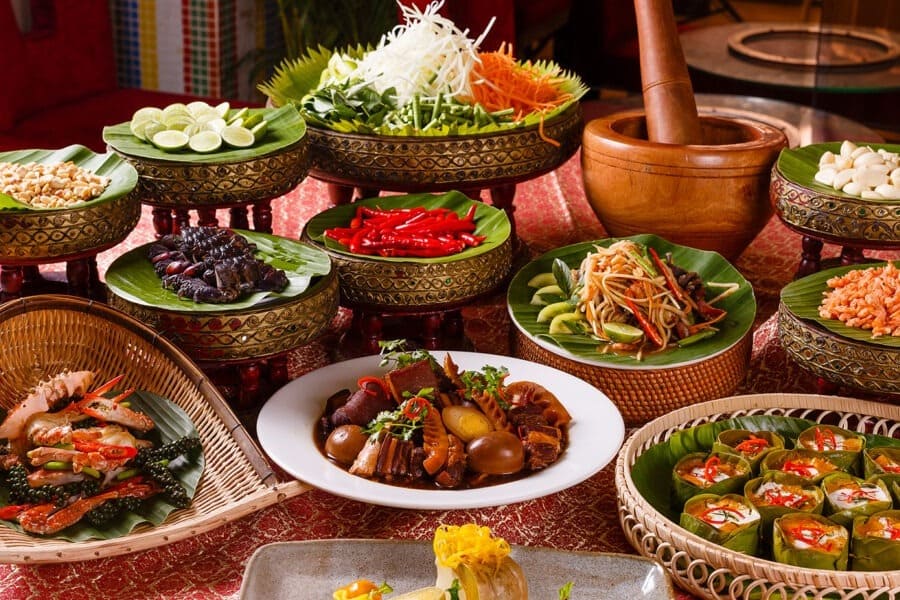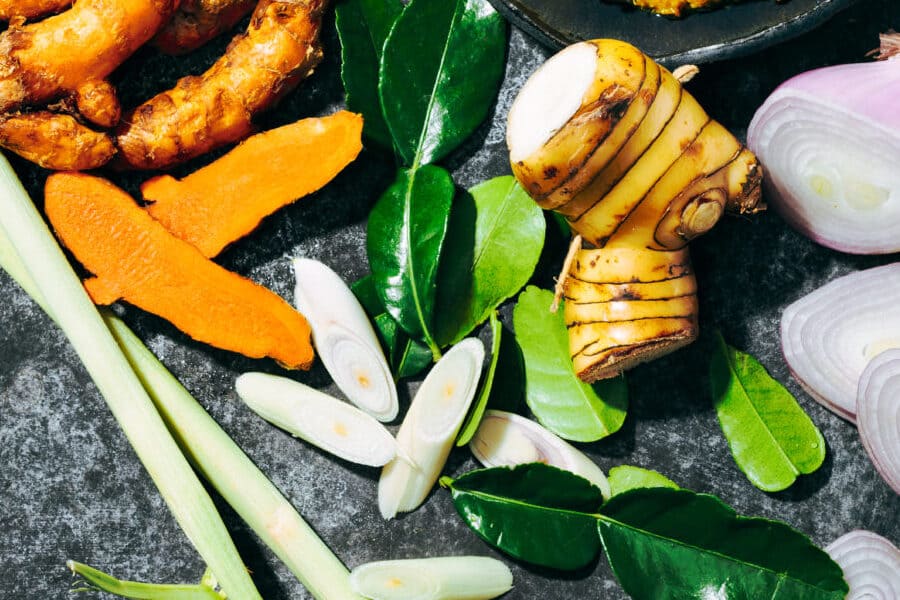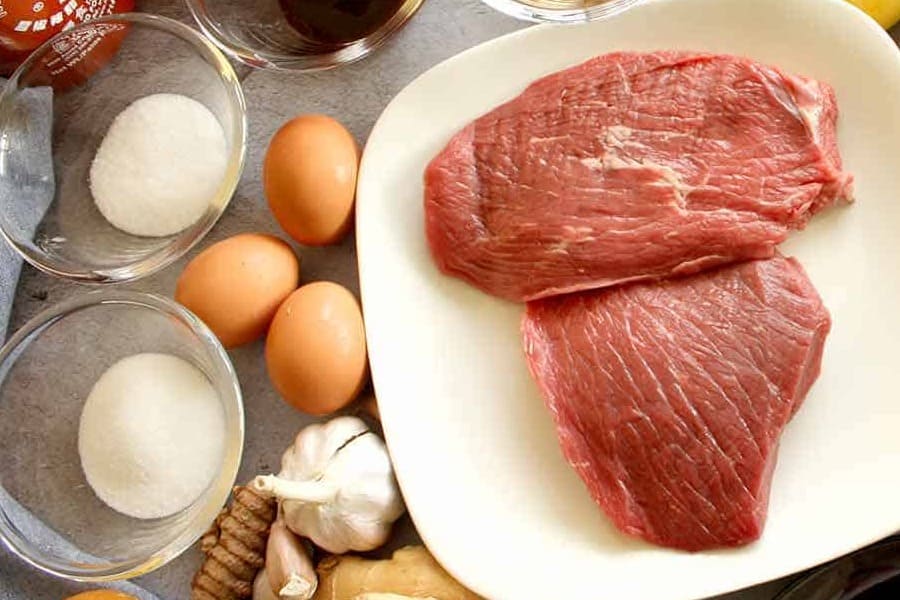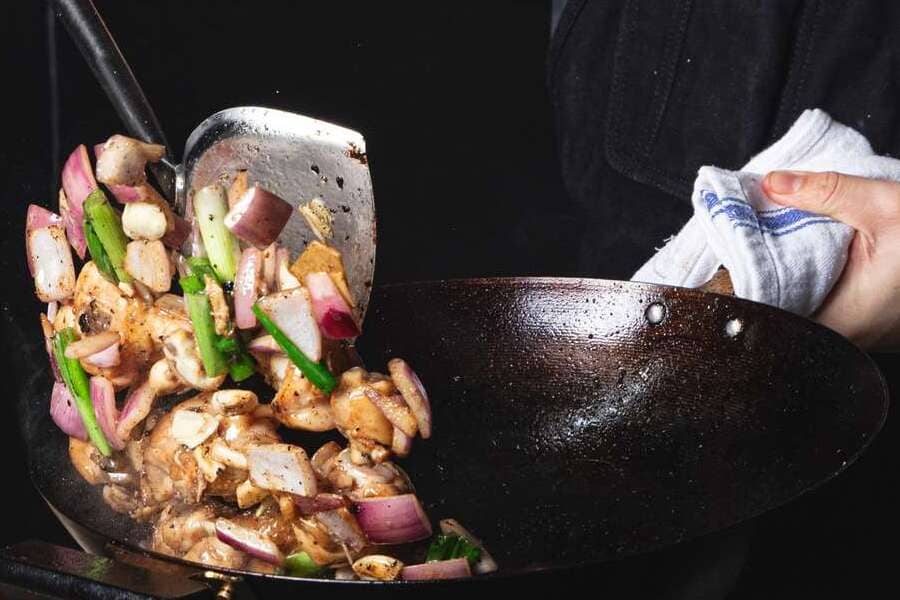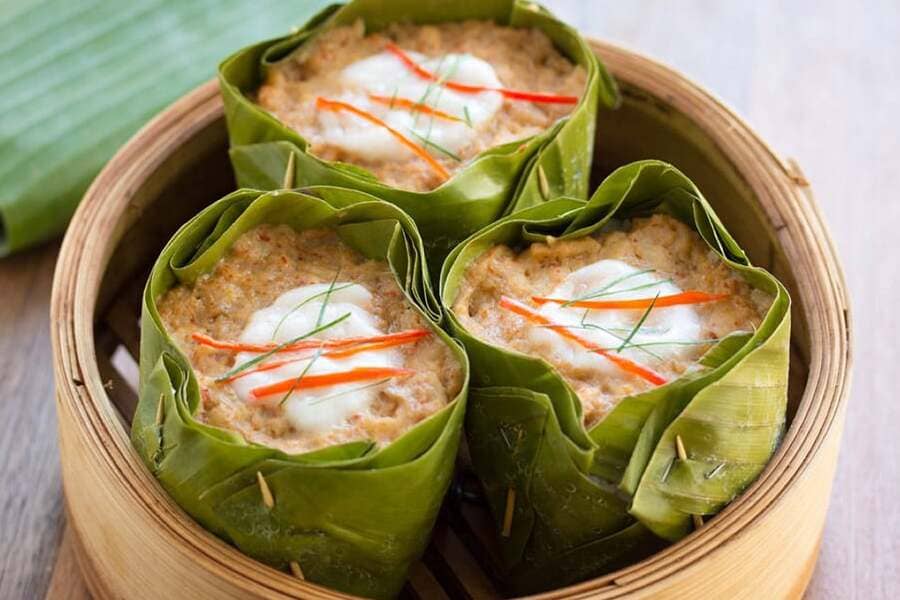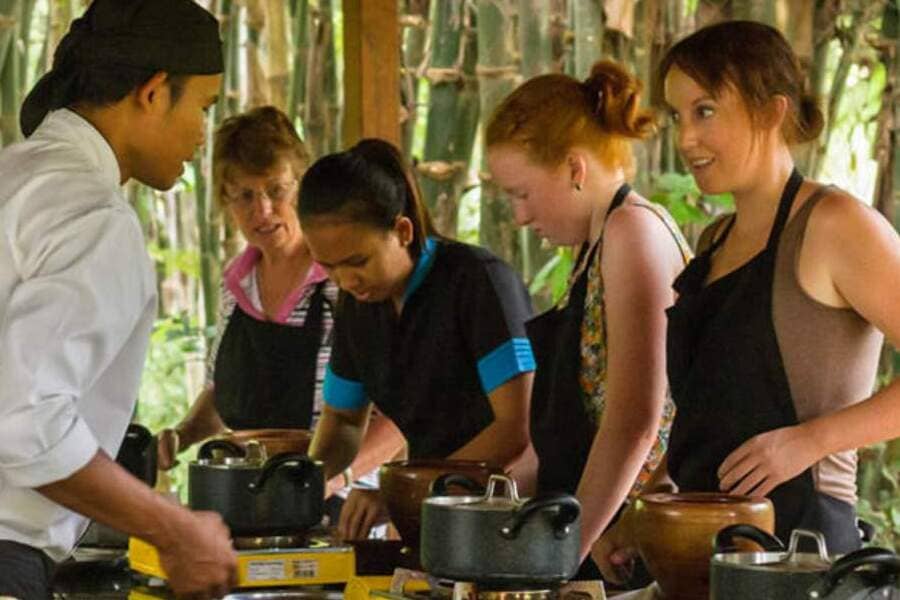Embark on a flavorful journey through the heart of Cambodia's culinary heritage. In this culinary adventure, we invite you to explore the vibrant tapestry of Cambodian cuisine, where centuries-old traditions and bold flavors come together to tantalize the taste buds. Through this guide, we aim to not only introduce you to the intricacies of Cambodian cooking but also to provide you with the tools and knowledge needed to embark on your own culinary cambodia trips.
Contents
Getting Started to master Cambodian Cooking
Essential ingredients commonly used in Cambodian cooking
Rice
In Cambodian cooking, rice reigns supreme as the staple ingredient, serving as the foundation of countless dishes. Whether steamed, fried, or transformed into noodles, rice is a ubiquitous presence on the Cambodian dining table, providing sustenance and texture to every meal. Its versatility and importance in Cambodian cuisine reflect the country's agrarian roots and cultural significance of rice cultivation.
Fish sauce
Fish sauce, known as "tuk trey" in Khmer, is a quintessential ingredient that adds depth and umami to Cambodian dishes. Made from fermented fish and salt, fish sauce imparts a distinct savory flavor and aroma to soups, stir-fries, and dipping sauces. Its salty-sweet complexity enhances the overall balance of flavors in Cambodian cuisine, elevating dishes to new culinary heights.
Lemongrass
Lemongrass, with its citrusy fragrance and robust flavor, is a key aromatic herb used extensively in Cambodian cooking. Whether minced, bruised, or sliced, lemongrass infuses dishes with a refreshing and zesty essence, adding depth and complexity to soups, curries, and marinades. Its versatile nature makes it a staple ingredient in Cambodian kitchens, where it is prized for its ability to impart both flavor and aroma to dishes.
Galangal
Galangal, a close relative of ginger, is a pungent rhizome that imparts a distinctive peppery and citrusy flavor to Cambodian cuisine. Often used in soups, stews, and curry pastes, galangal adds depth and warmth to dishes while also offering digestive and medicinal properties. Its unique flavor profile makes it an essential ingredient in many Cambodian recipes, contributing to the complexity and richness of the country's culinary heritage.
Kaffir lime leaves
Kaffir lime leaves, prized for their aromatic oils and citrusy flavor, are a fragrant addition to Cambodian dishes. Used whole or torn, kaffir lime leaves infuse soups, curries, and stir-fries with a bright and refreshing essence, complementing the richness of coconut milk and savory spices. Their distinctive flavor profile and vibrant green color make them a visually appealing and flavorful addition to Cambodian cuisine, enhancing the overall sensory experience of each dish.
The importance of freshness and quality ingredients in Cambodian Cooking
First and foremost, fresh ingredients contribute to the vibrant flavors and vibrant colors that characterize Cambodian cuisine. Whether it's crisp vegetables, succulent seafood, or aromatic herbs, the use of fresh, locally sourced ingredients ensures that dishes are bursting with natural goodness and nutritional value.
Furthermore, quality ingredients are essential for achieving the desired balance of flavors and textures in Cambodian cooking. Whether it's the subtle sweetness of palm sugar, the umami richness of fish sauce, or the pungent heat of fresh chili peppers, the quality of ingredients directly impacts the final outcome of a dish.
Moreover, the emphasis on freshness and quality ingredients reflects the deep-rooted connection between Cambodian cuisine and the natural environment. By sourcing ingredients locally and in season, Cambodian cooks not only support local farmers and producers but also promote sustainable agricultural practices that respect the land and preserve biodiversity.
Key Techniques and Method in Cambodian Cooking
Cooking techniques used in Cambodian cooking
In Cambodian cooking, a variety of traditional cooking techniques are employed to create the distinctive flavors and textures that characterize the cuisine. Stir-frying, known as "chhaan" in Khmer, is one of the most common and versatile techniques used in Cambodian kitchens. This method involves quickly cooking ingredients over high heat in a wok or skillet, often with a small amount of oil and a flavorful combination of herbs and spices. Stir-frying allows for the rapid cooking of meats, vegetables, and aromatics while preserving their natural flavors and nutrients, resulting in dishes that are vibrant, crisp, and aromatic.
Another prevalent cooking technique in Cambodian cuisine is steaming, known as "chhlang" in Khmer. Steaming is favored for its ability to gently cook ingredients without the need for added fats or oils, making it a healthier alternative to frying or sautéing. Commonly used for preparing dishes such as steamed fish, vegetables, and rice cakes, steaming retains the natural moisture and flavors of ingredients while ensuring they are cooked evenly and tenderly. Additionally, steaming is often employed in Cambodian desserts, such as sticky rice cakes and coconut custards, adding a delicate touch to sweet treats enjoyed across the country.
Popular Cambodian Cooking for Beginners
Popular Cambodian dishes for beginners offer a delicious introduction to the vibrant flavors and aromatic spices of Cambodian cuisine. One such dish is "Amok Trey," a fragrant and creamy fish curry that is a staple of Cambodian cooking. Made with tender pieces of fish, coconut milk, and an aromatic blend of lemongrass, galangal, and kaffir lime leaves, Amok Trey is steamed in banana leaves for a uniquely Cambodian presentation. Its delicate balance of sweet, savory, and spicy flavors makes it a favorite among locals and visitors alike.
Another popular Cambodian dish for beginners is "Lok Lak," a flavorful stir-fry featuring tender strips of beef marinated in a tangy sauce made with soy sauce, oyster sauce, and garlic. Served with a side of crisp lettuce, tomatoes, and onions, Lok Lak is traditionally enjoyed with a dipping sauce made from lime juice, black pepper, and salt. Its simplicity and bold flavors make it a satisfying introduction to Cambodian cuisine for those new to the culinary delights of the region.
For those with a sweet tooth, "Num Ansom Chek" is a popular Cambodian dessert that is simple to make and utterly delicious. These sweet sticky rice cakes are filled with a mixture of mung beans, coconut, and sugar, then wrapped in banana leaves and steamed until soft and fragrant. Served as a sweet treat or snack, Num Ansom Chek showcases the unique combination of flavors and textures that define Cambodian desserts, making it a delightful introduction to the sweeter side of Cambodian cuisine.
Resources and Further Learning to master Cambodian Cooking
To further master Cambodian cooking beyond the basics, there are several resources and avenues for learning that can help deepen your understanding and skills in Cambodian cuisine:
Cookbooks:
Explore a variety of Cambodian cookbooks written by experienced chefs and culinary experts. Look for titles such as "The Elephant Walk Cookbook" by Longteine de Monteiro and Katherine Neustadt, or "Cambodian Cooking: A Humanitarian Project in Collaboration with Act for Cambodia" by Joannes Riviere. These cookbooks offer a wide range of authentic Cambodian recipes, along with insights into the cultural significance of the dishes.
Online Courses and Tutorials:
Enroll in online cooking courses or watch video tutorials that focus on Cambodian cuisine. Websites like Udemy, Skillshare, and YouTube offer a plethora of cooking classes taught by professional chefs and instructors. Look for courses specifically tailored to Cambodian cooking techniques, ingredients, and recipes to enhance your culinary skills.
Cooking Classes:
Attend cooking classes or workshops conducted by local chefs or cooking schools specializing in Cambodian cuisine. Many cooking schools in Cambodia, especially in tourist areas like Siem Reap and Phnom Penh, offer hands-on cooking experiences where you can learn to prepare traditional Cambodian dishes under the guidance of expert instructors. These classes provide valuable insights into Cambodian culinary techniques and culture.
Culinary Tours:
Embark on a culinary tour of Cambodia to immerse yourself in the local food scene and learn from experienced chefs and home cooks. Culinary tours often include visits to local markets, cooking demonstrations, and opportunities to dine with local families, providing a comprehensive understanding of Cambodian cooking traditions and ingredients.
Online Communities:
Join online communities, forums, and social media groups dedicated to Cambodian cuisine and cooking. Engage with fellow cooking enthusiasts, exchange recipes, tips, and tricks, and seek advice from experienced cooks who share a passion for Cambodian food. Platforms like Reddit, Facebook, and cooking forums offer valuable resources and support for those interested in mastering Cambodian cooking.
From understanding the essential ingredients and mastering fundamental techniques to creating authentic dishes that capture the heart of Cambodian culture, this guide has equipped you with the knowledge and confidence to explore and enjoy this unique culinary tradition. As you continue to experiment and refine your skills, remember that Cambodian cooking is as much about the joy of sharing meals and stories with loved ones as it is about the food itself. Embrace the adventure, savor each moment, and let the rich heritage of Cambodian cuisine inspire your culinary creativity. Happy cooking!

